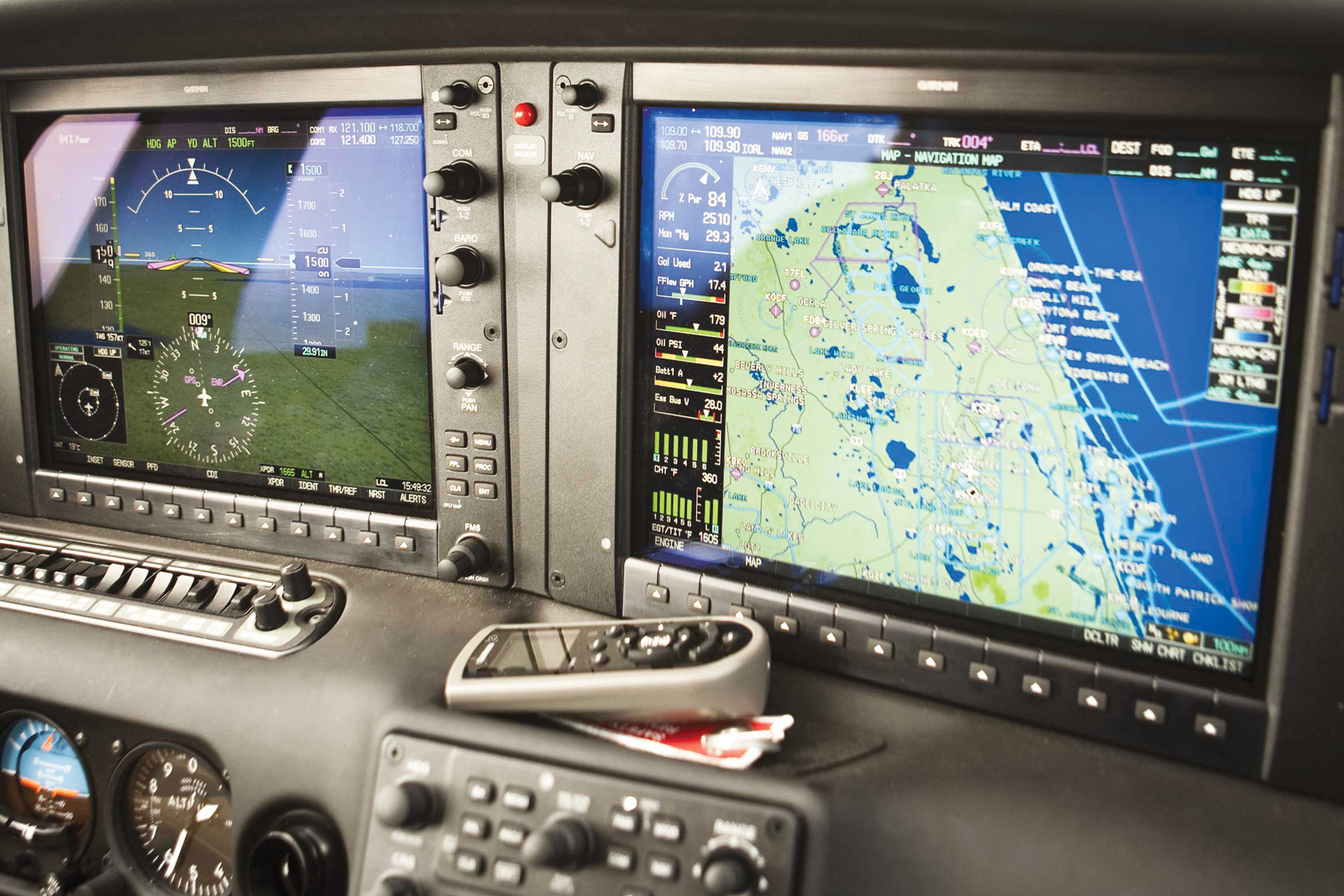
Aug. 23, 2017
The FAA’s ambitious NextGen program aims to deliver safer, more efficient operations by using new technologies that change the way aircraft and controllers communicate and navigate. The successful roll-out of the Controller Pilot Data Link Communications – Departure Clearance (CPDLC-DCL) component of the program, commonly referred to as Data Comm, demonstrates that NextGen is delivering on its potential.
The FAA late last year completed the rollout of Data Comm at 55 airports, more than two years ahead of schedule and under budget. The system shifts certain routine exchanges between pilots and air traffic controllers, including departure clearances and re-routes, from voice to data, similar to text messaging. The system is helping streamline departures for thousands of aircraft operators, including the commercial airlines and business aviation.
“We look at it as a positive,” says Jeff Soder, director of aircraft operations and chief pilot for a Texas-based company flight department. “Allowing us to receive and directly upload any re-routes into the FMS [flight-management system] is a tremendous benefit. It also greatly reduces radio congestion and lost time setting up cockpit flight-planning tasks.”
The three business aircraft operated by Soder’s company are Data Comm-capable, and company pilots have used the system at about a dozen airports. One trip to the Northeast included a visit to an airport affected by a presidential TFR. Soder’s aircraft was issued two re-routes via Data Comm, which expedited the process, he said.
As more operators take advantage of the system, its impact is becoming more obvious. With more than 1,100 aircraft already Data Comm equipped, according to the FAA, there is the potential for significant benefits. Seeing the efficiency gain, business aircraft operators are boosting their participation in the Data Comm program. At the beginning of the year, the number of business aircraft flights receiving clearances via Data Comm was around 2,000 per month, according to Harris Corp, the FAA’s Data Comm system integrator. By June, that number had doubled.
The FAA remains on track to implement Data Comm at enroute centers for high-altitude services – including frequency handoffs, altitude changes and reroutes – starting in 2019. Full enroute services are scheduled to be operational at all 20 enroute centers by 2023.


 International Business Aviation Council Ltd.
International Business Aviation Council Ltd.